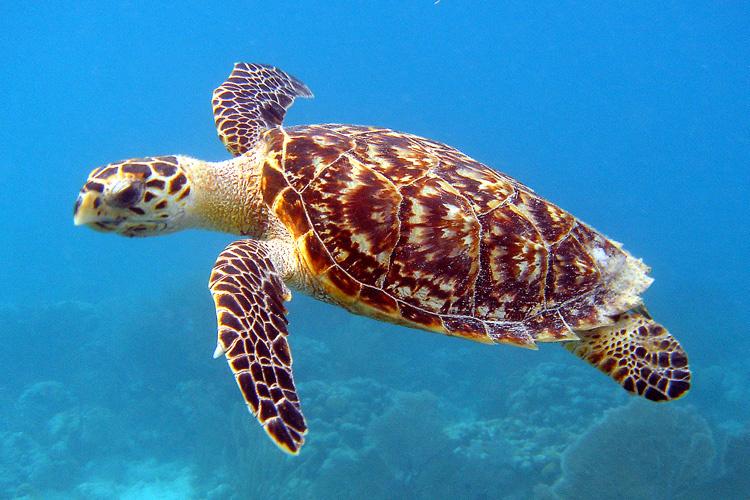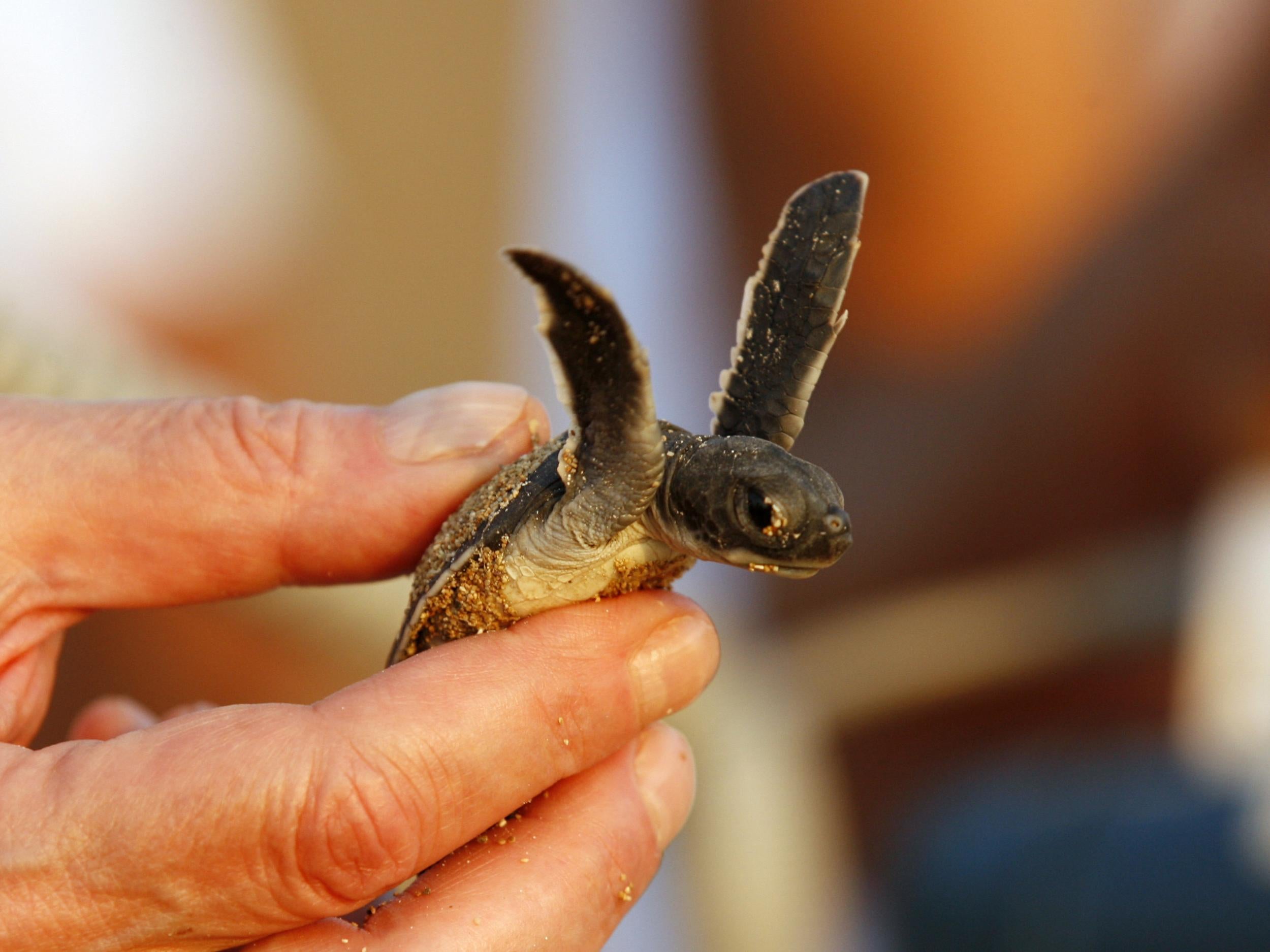The Wondrous World of Turtles: Guardians of Time and Wisdom
Introduction:
Turtles, often seen as the quiet observers of the natural world, hold a special place in human culture and ecology. These ancient creatures, with their slow and steady demeanor, have fascinated civilizations for millennia. From their symbolism in creation myths to their vital role in ecosystems, turtles are enigmatic beings that deserve a closer look. In this article, we'll delve into the wondrous world of turtles, exploring their evolutionary history, ecological significance, cultural symbolism, and conservation challenges.
Evolutionary History:
Turtles belong to the reptilian order Testudines, which has a lineage dating back over 200 million years. Fossil evidence suggests that turtles evolved during the late Triassic period, making them one of the oldest reptile groups on Earth. One of the most remarkable features of turtles is their shell, which evolved as a protective structure over millions of years. This unique adaptation has allowed turtles to thrive in diverse environments, from freshwater rivers and lakes to oceans and deserts.
Ecological Significance:
Turtles play a crucial role in maintaining the health of ecosystems worldwide. As omnivores, they help regulate populations of prey species such as insects, crustaceans, and small fish. Some turtle species, like the leatherback sea turtle, are essential for controlling jellyfish populations, thus maintaining the balance of marine food webs. Additionally, turtles serve as indicators of ecosystem health; their presence or absence can signal changes in habitat quality, pollution levels, and climate conditions.
Cultural Symbolism:
Throughout history, turtles have been revered and mythologized by cultures around the world. In many indigenous traditions, turtles are symbols of creation, longevity, and wisdom. For example, in Native American folklore, the turtle is often portrayed as a wise and patient creature who imparts valuable teachings to humans. Similarly, in Eastern cultures like China and Japan, turtles are associated with longevity and prosperity, with the myth of the "turtle island" symbolizing the creation of the world.
Conservation Challenges:
Despite their cultural significance and ecological importance, turtles face numerous threats to their survival. Habitat loss, pollution, climate change, and poaching are among the primary challenges confronting turtle populations worldwide. Destruction of nesting sites, such as beaches and wetlands, disrupts the reproductive cycles of many turtle species. Pollution, including plastic debris and chemical runoff, poses a significant threat to turtles, who often mistake plastic bags for jellyfish, leading to ingestion and death. Climate change exacerbates these threats by altering nesting beach temperatures and ocean currents, affecting hatchling survival rates. Conservation efforts aimed at protecting turtles are underway globally. Organizations and governments are working to establish protected areas, regulate trade in turtle products, and raise public awareness about the importance of turtle conservation. Community-based initiatives, such as beach clean-ups and turtle monitoring programs, engage local communities in conservation efforts, fostering a sense of stewardship for these remarkable creatures.
Conservation efforts aimed at protecting turtles are underway globally. Organizations and governments are working to establish protected areas, regulate trade in turtle products, and raise public awareness about the importance of turtle conservation. Community-based initiatives, such as beach clean-ups and turtle monitoring programs, engage local communities in conservation efforts, fostering a sense of stewardship for these remarkable creatures.
Turtles, with their ancient lineage and enduring presence in ecosystems worldwide, remind us of the interconnectedness of all life on Earth. As guardians of time and wisdom, they inspire reverence and respect across cultures. However, their survival is threatened by human activities that degrade their habitats and exploit their populations. By prioritizing conservation efforts and promoting sustainable practices, we can ensure that turtles continue to thrive for generations to come. Let us honor these gentle giants of the natural world and work together to protect their future. The preservation of turtle species requires a multi-faceted approach that addresses the various threats they face. Here are some additional points on conservation efforts and ongoing research:
The preservation of turtle species requires a multi-faceted approach that addresses the various threats they face. Here are some additional points on conservation efforts and ongoing research:
- Habitat Protection and Restoration: Preserving critical nesting beaches, wetlands, and foraging grounds is essential for the survival of turtle populations. Conservation organizations work with governments and local communities to establish protected areas and implement habitat restoration projects.
- Combatting Illegal Trade: Illegal trade in turtle products, including shells, meat, and eggs, continues to pose a significant threat to many species. Strengthening enforcement of wildlife trafficking laws and raising awareness about the consequences of illegal trade are crucial steps in combating this problem.
- Research and Monitoring: Scientists conduct research on turtle biology, behavior, and ecology to better understand their needs and inform conservation strategies. Monitoring programs track turtle populations, nesting activities, and migration patterns to assess the effectiveness of conservation efforts and identify areas in need of protection.
- Public Education and Outreach: Educating the public about the importance of turtles and the threats they face is vital for garnering support for conservation initiatives. Outreach programs in schools, communities, and online platforms raise awareness about turtle conservation issues and empower individuals to take action to protect these animals.
- Sustainable Fishing Practices: Bycatch in fishing gear, such as nets and longlines, poses a significant threat to sea turtles, particularly in areas where they overlap with fishing activities. Implementing measures to reduce bycatch, such as the use of turtle excluder devices (TEDs) in trawl nets and circle hooks in longline fisheries, can help mitigate this threat.

- Climate Change Mitigation: Addressing the impacts of climate change, including rising temperatures, sea level rise, and ocean acidification, is crucial for the long-term survival of turtle populations. Reducing greenhouse gas emissions and implementing adaptation measures, such as protecting nesting beaches and establishing climate-resilient marine protected areas, are essential components of climate change mitigation strategies.
- Community Engagement: Engaging local communities in turtle conservation efforts fosters a sense of ownership and stewardship for these animals and their habitats. Community-based conservation initiatives, such as ecotourism ventures and sustainable livelihood programs, provide economic incentives for conservation while promoting the well-being of local communities.
In conclusion, the conservation of turtles requires coordinated efforts at local, national, and international levels to address the complex array of threats they face. By working together to protect their habitats, combat illegal trade, conduct research, raise awareness, and mitigate the impacts of climate change, we can ensure that turtles continue to grace our planet for generations to come. Let us all play our part in safeguarding these ancient and beloved creatures for the benefit of future generations.

























































